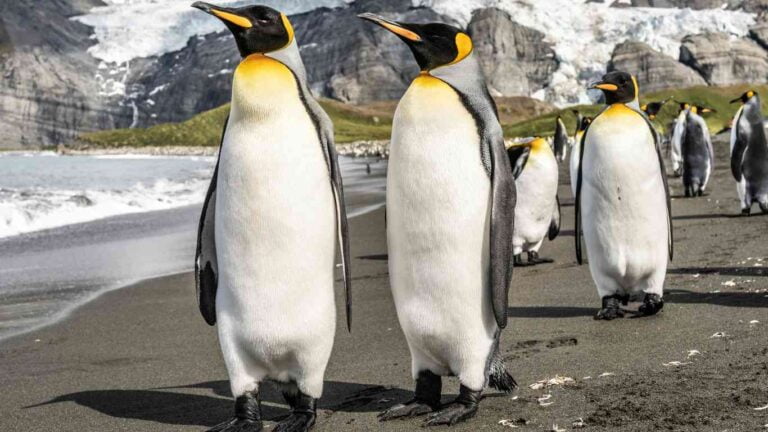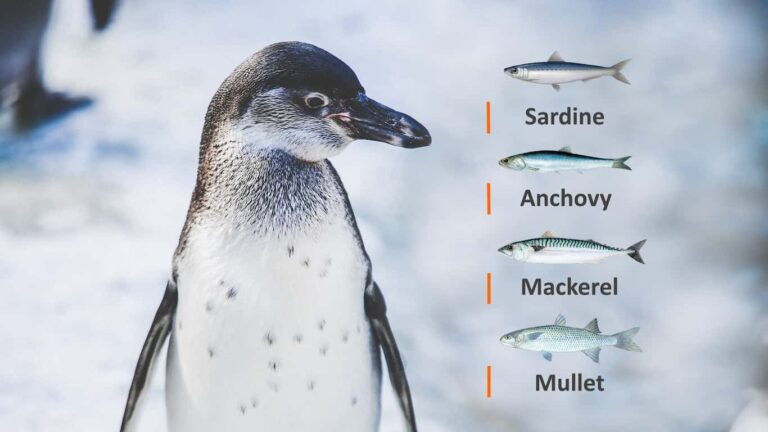What Can Be Found Inside of a Penguin’s Mouth?
Have you ever been curious about what hides inside a penguin’s mouth?
While we often picture these charming birds waddling on ice or gracefully swimming, we rarely consider the mysteries within their beaks.
But let me tell you, it’s surprisingly captivating and a tad intimidating.
What’s Inside of a Penguin’s Mouth?
Inside of a penguin’s mouth is home to papillae, spines that play a crucial role in securing their slippery mouth. These spines, which appear sharp on the top and curve backwards, help penguins secure their slippery mouth.
The mouth is surrounded by a sturdy, elastic layer called the buccal mucosa and houses healthy glands and muscles.
Despite lacking traditional teeth, penguin species have evolved a unique way to eat their slippery prey using their beaks and sharp tongues.
It hides several specialized features which not only assist them in catching prey but also in keeping them firmly held.
Beyond the sharp beak is a rough tongue and palate, which are suited for an aquatic diet.
A penguin’s tongue is a muscular organ that aids in manipulating and swallowing prey, with a series of spikes on the tongue and roof of the mouth, resembling the inside of a cave.
The penguin’s mouth is a unique and fascinating structure that serves the specific feeding needs of the species.
To sum up, inside a penguin’s mouth, there are three distinct parts that we can categorize as follows:
Papillae – Sharp Teeth-Like Structures Inside Penguins’ Mouth: While penguins do not have traditional teeth like humans or even like many other carnivores, the insides of their beaks are lined with backward-facing fleshy spines or bristle-like structures known as papillae. These help in grasping slippery prey.
Penguins’ Tongue are Unique: Similarly spiked, a penguin’s tongue aids in holding on to their moving meals of fish and squid.
Firmly anchored to attract and not let go of a wriggling meal is essential for penguins.
Penguins Have Strong Jaw Muscles: Anchoring the powerful beak are the jaw muscles adept for snapping fish out of the water rapidly.
Different species of penguins may have different oral characteristics based on their specific feeding habits.
For instance, the Galapagos penguin’s beak is shorter and thinner, reflecting its diet consisting of smaller fish compared to the Emperor penguin.
Unlike humans, their taste buds are limited and adapted for survival rather than culinary delights.
It’s an effective setup allowing these birds to thrive in their icy, aquatic hunting grounds, securely catching everything from krill to larger fish species fundamental to their diet.
Featured image by Scott Cresswell







